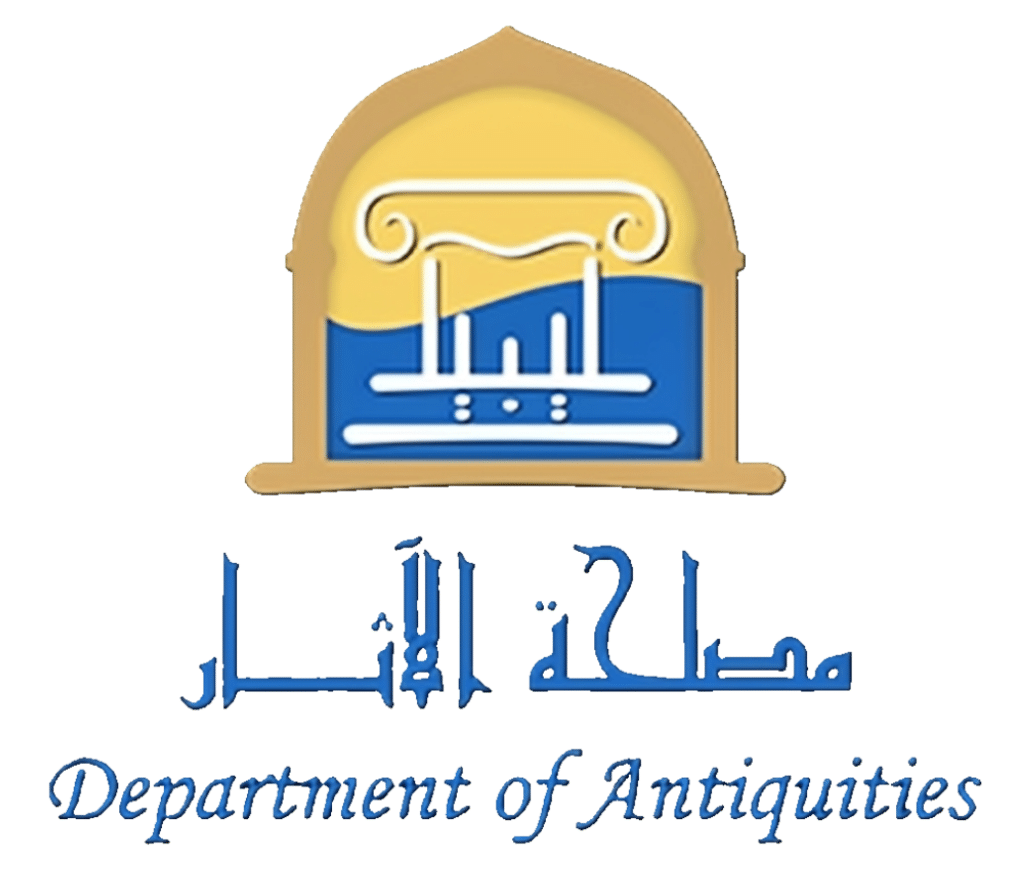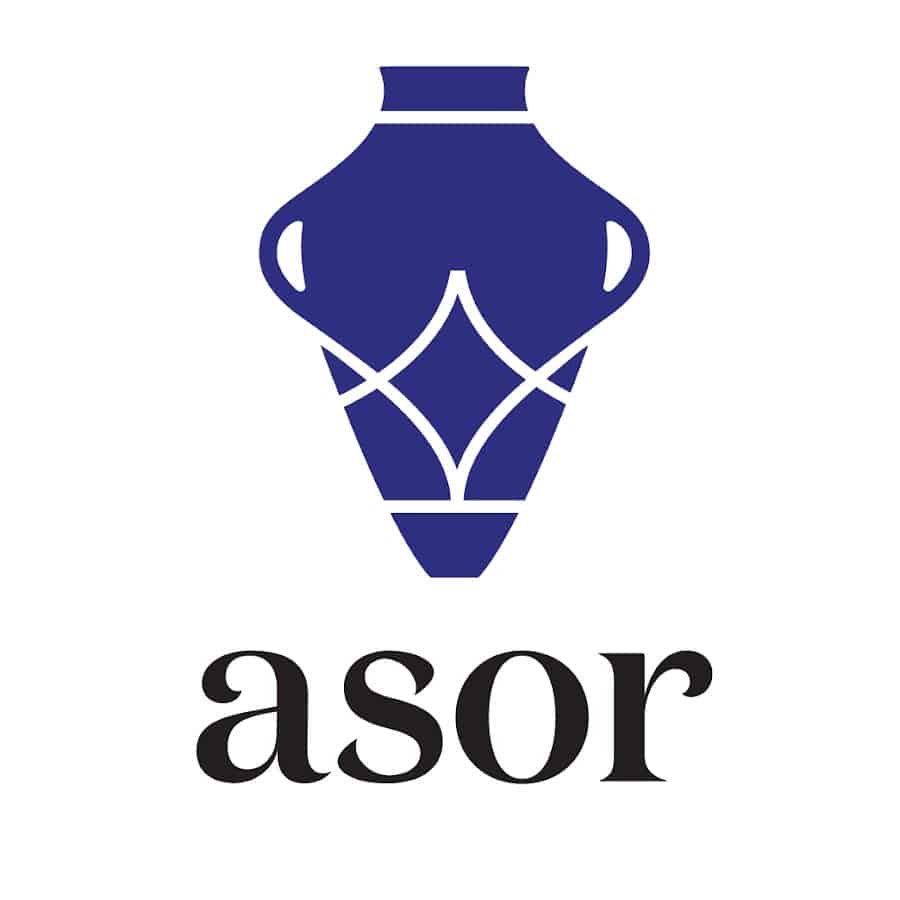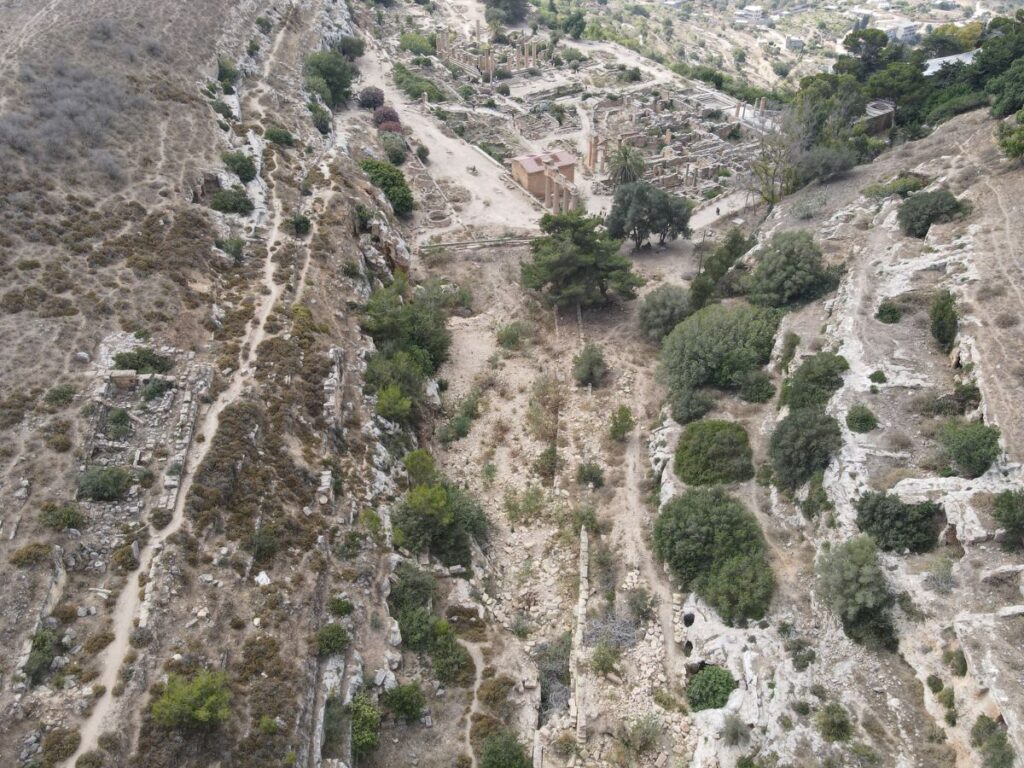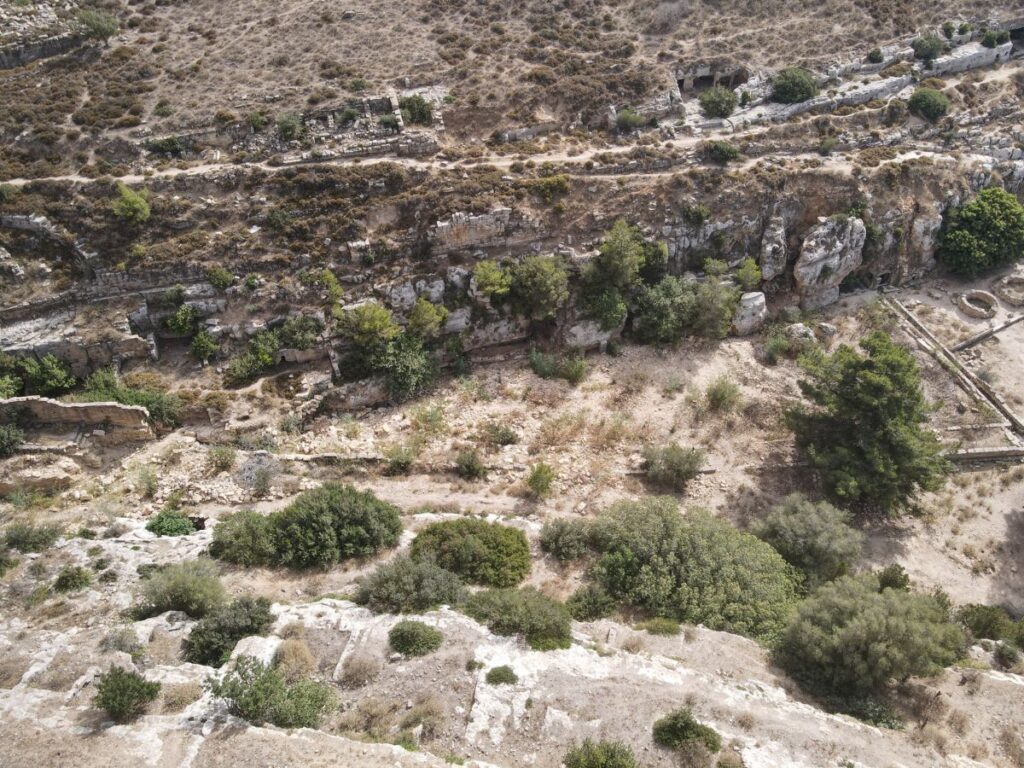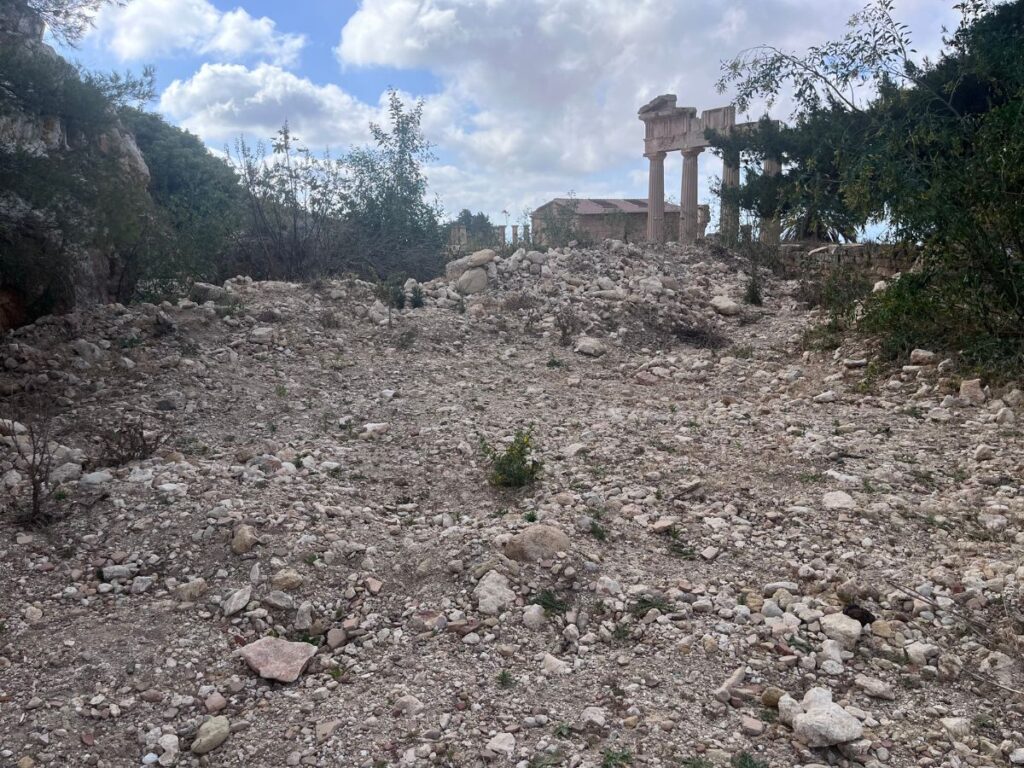The Cyrene Conservation Initiative Libya
PROJECT TO PROTECT AND DOCUMENT THE WORLD HERITAGE SITE OF CYRENE
The Cyrene Conservation Initiative is a conservation and heritage education project at the World Heritage Site of Cyrene in eastern Libya, developed in collaboration with the Libyan Department of Antiquities. Cyrene is a unique expression of Greco-Roman culture and urban life in North Africa due to its socio-economic history and its adaptation to its natural environment on the northern slopes of the Jebel Akhdar plateau. The overarching goal of this project is to improve appreciation and understanding of this singular site for present and future generations.
The significance of Cyrene is inseparable from its natural environment. Perennial springs at the base of a cliff attracted the city’s Greek founders, who settled on the rocky heights above in the late seventh century BCE. From here, the residents could see all the way to the Mediterranean Sea, a view that continues to impress modern site visitors.
Although the vistas are inspiring, the dramatic location of the Sanctuary of Apollo on a lower terrace also exposes it to the risk of torrential flooding. The main approach to the terrace comes from Valley Street, a steep, colonnaded path that links the city center to the south with the propylaeum at the southeastern end of the terrace. Valley Street is built into a natural wadi that is a focus of flooding during rain events. In antiquity, an extensive canal system existed to channel this water to the baths and other structures on the terrace and then out away from the inhabited areas of the site. However, this network is now inactive and torrential rains can lead to uncontrolled flooding down Valley Street.
100000
This project is a direct response to the effects of catastrophic flooding from Storm Daniel in September 2023. This flooding resulted in deep trenching into unexcavated archaeological strata, damage to standing archaeological remains and the access path, and the mass deposition of dislocated stone, soil, and archaeological materials into the terrace area.
To address this damage, the project pursues three interrelated objectives: (1) document and protect heritage affected by the flooding; (2) restore safe access to heritage on the Sanctuary of Apollo terrace; and (3) expand on-site educational materials for site visitors. The completion of these objectives will help ensure that the site is protected and can be enjoyed by future visitors.
Principal Investigators / Collaborators
American Society of Overseas Research (ASOR):
Dr. Andrew G. Vaughn, Executive Director, Co-Director of ASOR’s Cultural Heritage Initiatives
William Raynolds, Co-Director of ASOR’s Cultural Heritage Initiatives
Dr. Ahmad Emrage, Libya Coordinator
Dr. Darren P. Ashby, Cultural Heritage Programs Manager
Libyan Department of Antiquities:
Dr. Mohammed Faraj Mohammed Al-Fallos, Chairman, Board of Directors
